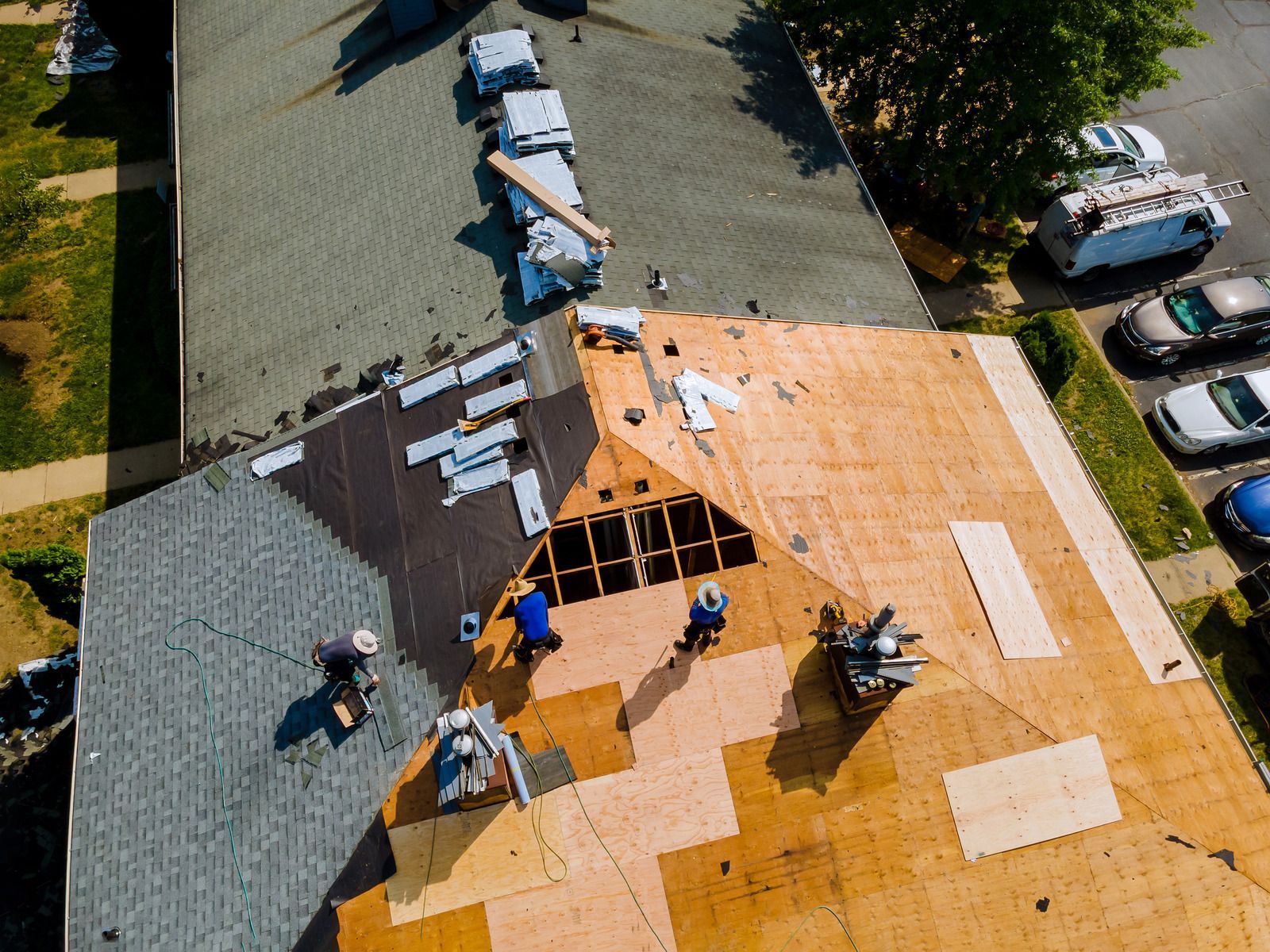CALL US TODAY · 718-745-6718
Blog
Blog
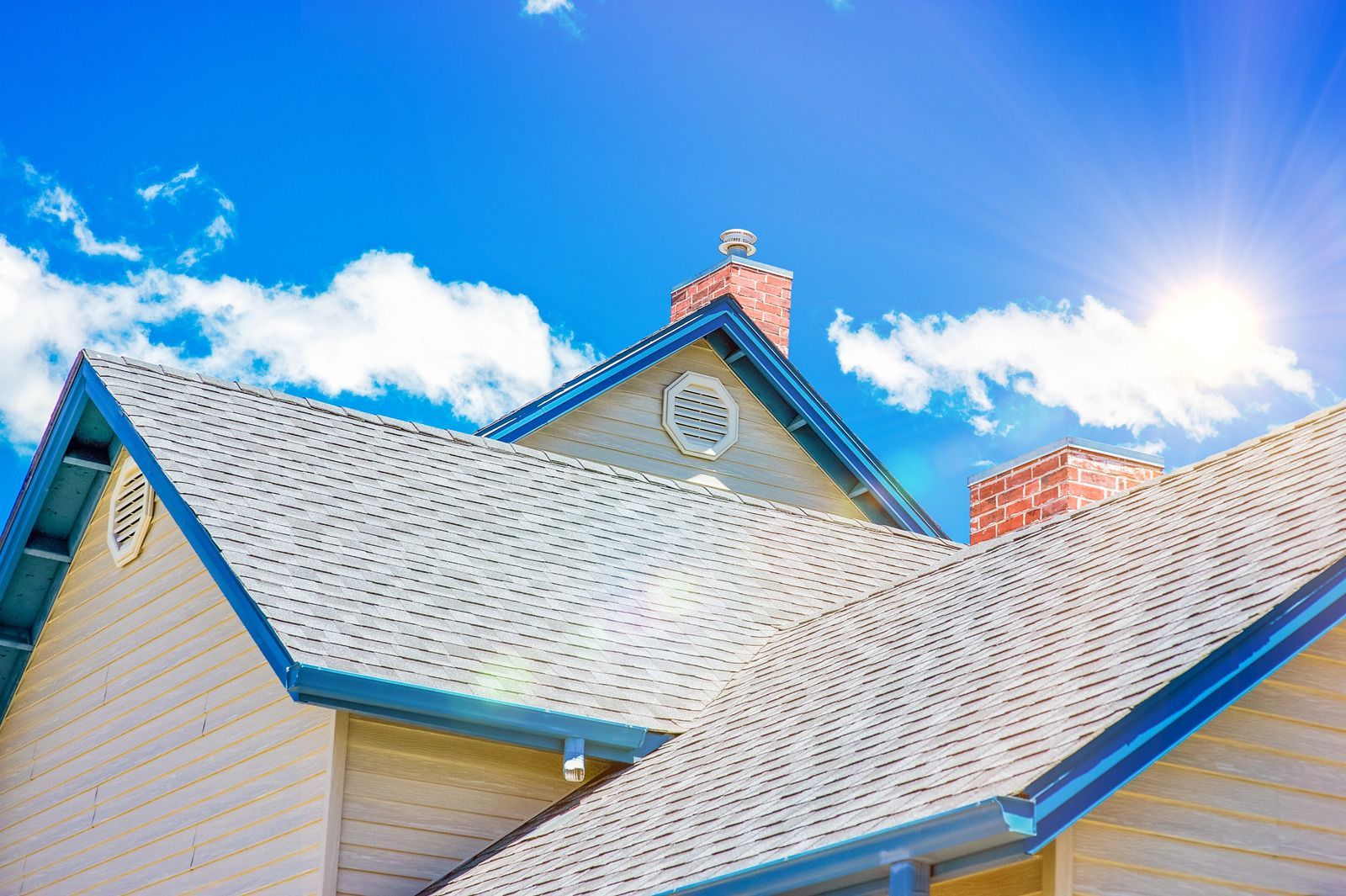
By Arliegh Boswell
•
08 Apr, 2024
Your roof is your home's shield, protecting you from rain, snow, and the elements. Choosing the right roofing contractor is crucial when it comes time for a repair or replacement. A good contractor will ensure the job is done correctly, using quality materials that last for years. A bad one can lead to leaks, damage, and wasted money. Here's how to navigate the hiring process with confidence.
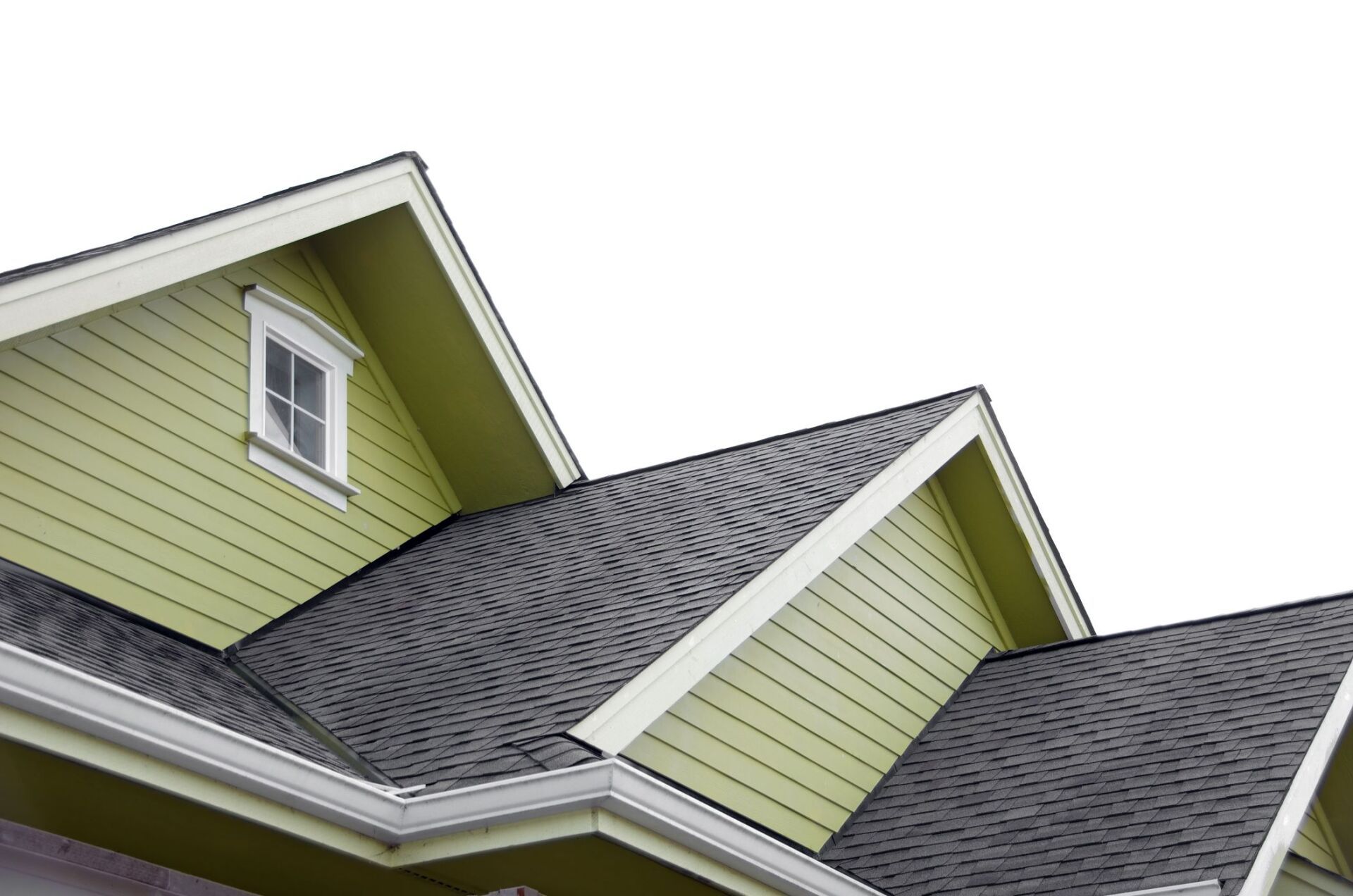
04 Apr, 2024
Having a strong roof above your head in Brooklyn, NY, means ensuring you, your family, and your valuables remain protected against natural elements like storm, rain, or snow. If you are a homeowner in the region, it’s essential to hire seasoned professionals to handle your roofing jobs. Whether you need to install a new roof or get some roof repair work done, hiring expert roofers will ensure the job is completed safely, proficiently, and on time.
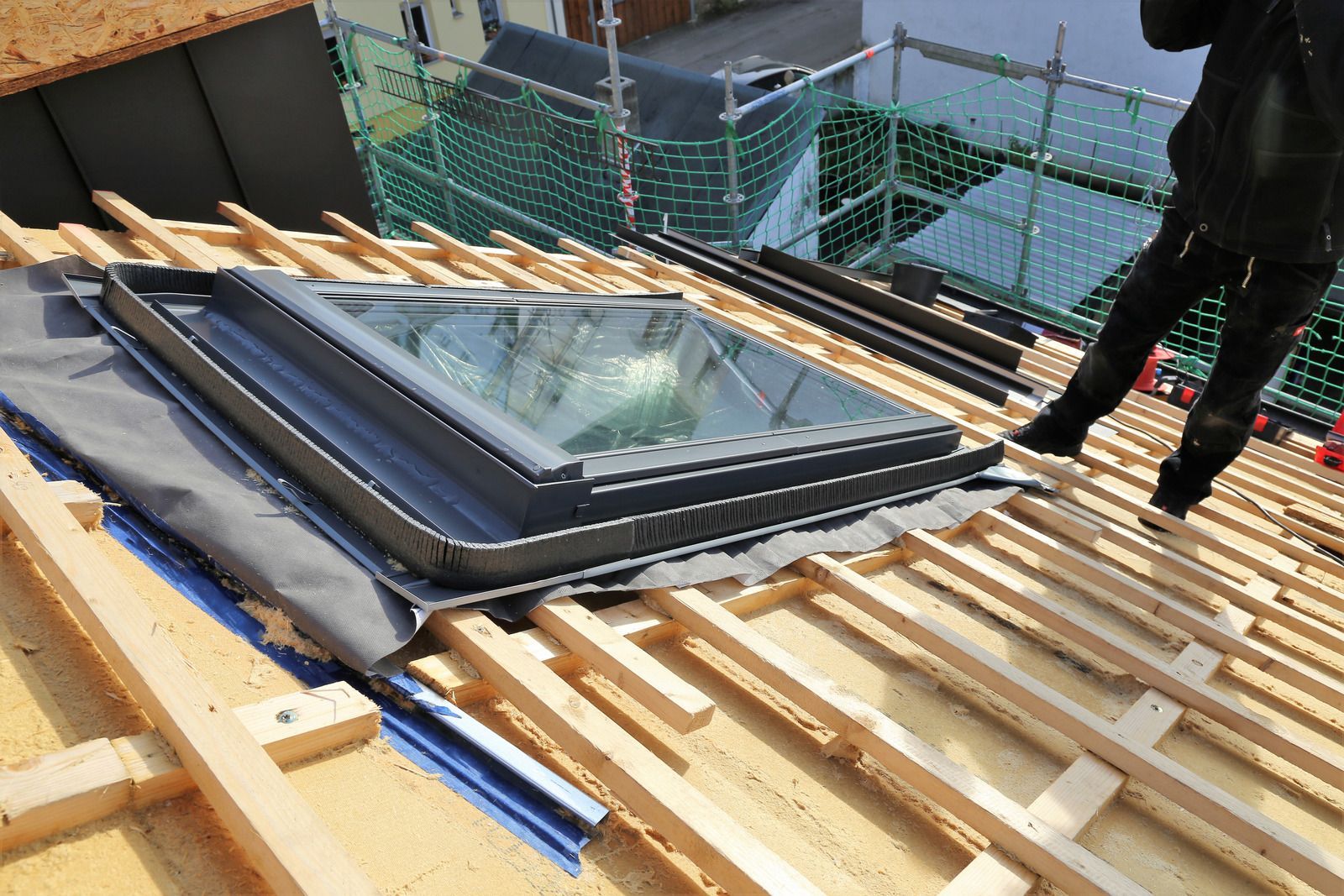
By Arliegh Boswell
•
22 Mar, 2024
Adding a skylight to your home can transform a room by introducing abundant natural light, enhancing views, and potentially improving ventilation. While installing a skylight might seem like a complex DIY project, the importance of proper techniques and avoiding costly damage cannot be overstated. Let's explore the intricate process professional installers undertake to ensure a flawless, long-lasting skylight installation.
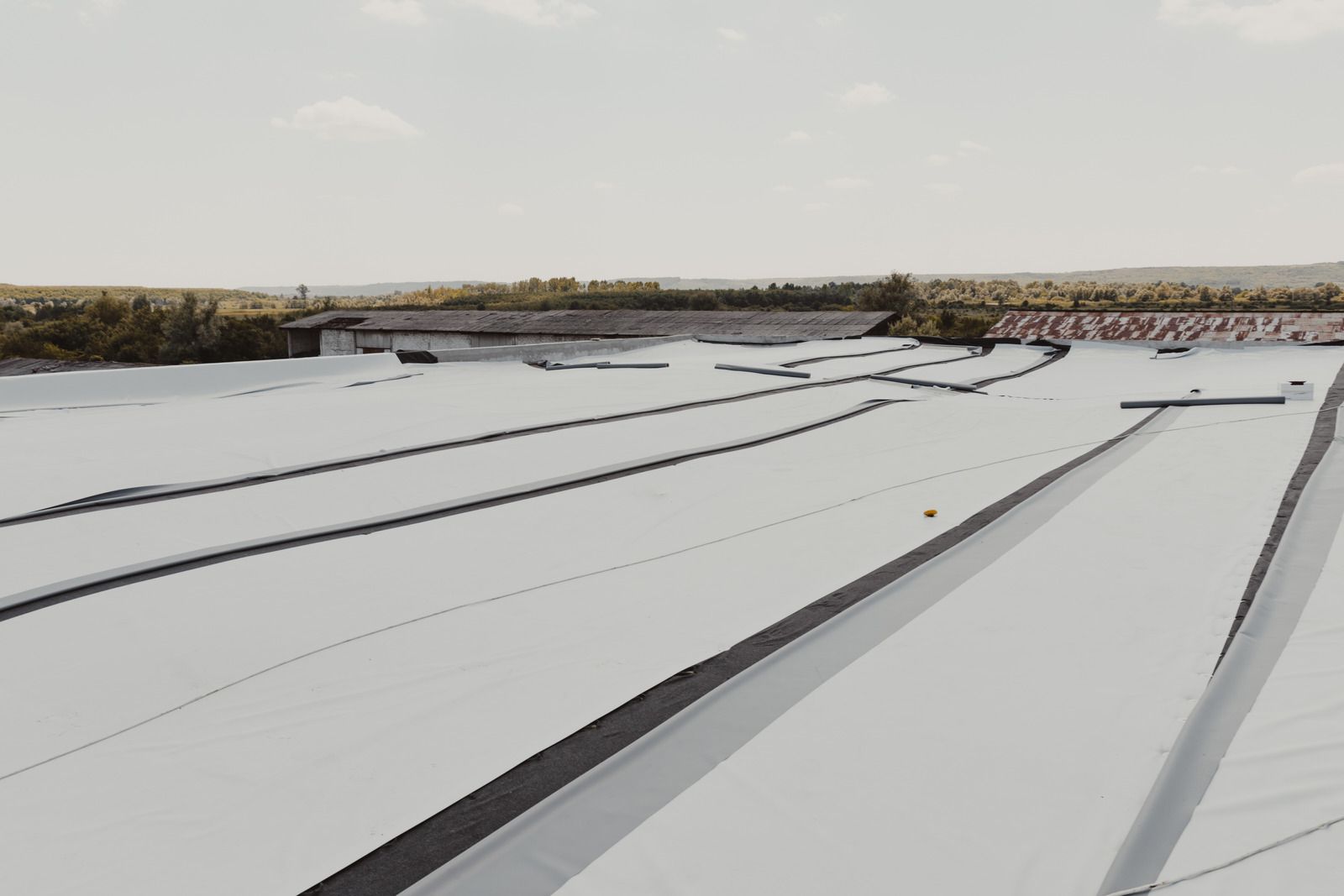
By Arliegh Boswell
•
27 Feb, 2024
Have you ever thought about how important your roof is? We often choose to ignore the most important part of our house or office until it begins to fall apart, and even then, it is sometimes too late. The roof carries out its function by keeping you safe from rain, sun, and everything else. Thus, when picking out a roof, selecting a material that can make a difference is vital. Rubber roofs are one kind that's good at keeping water out. But did you know they have more to them than meets the eye? Rubber roofs have many benefits, making them a smart pick for your home or building. So, in this article, we will discover the eight remarkable benefits of opting for a rubber roof for your home or building.
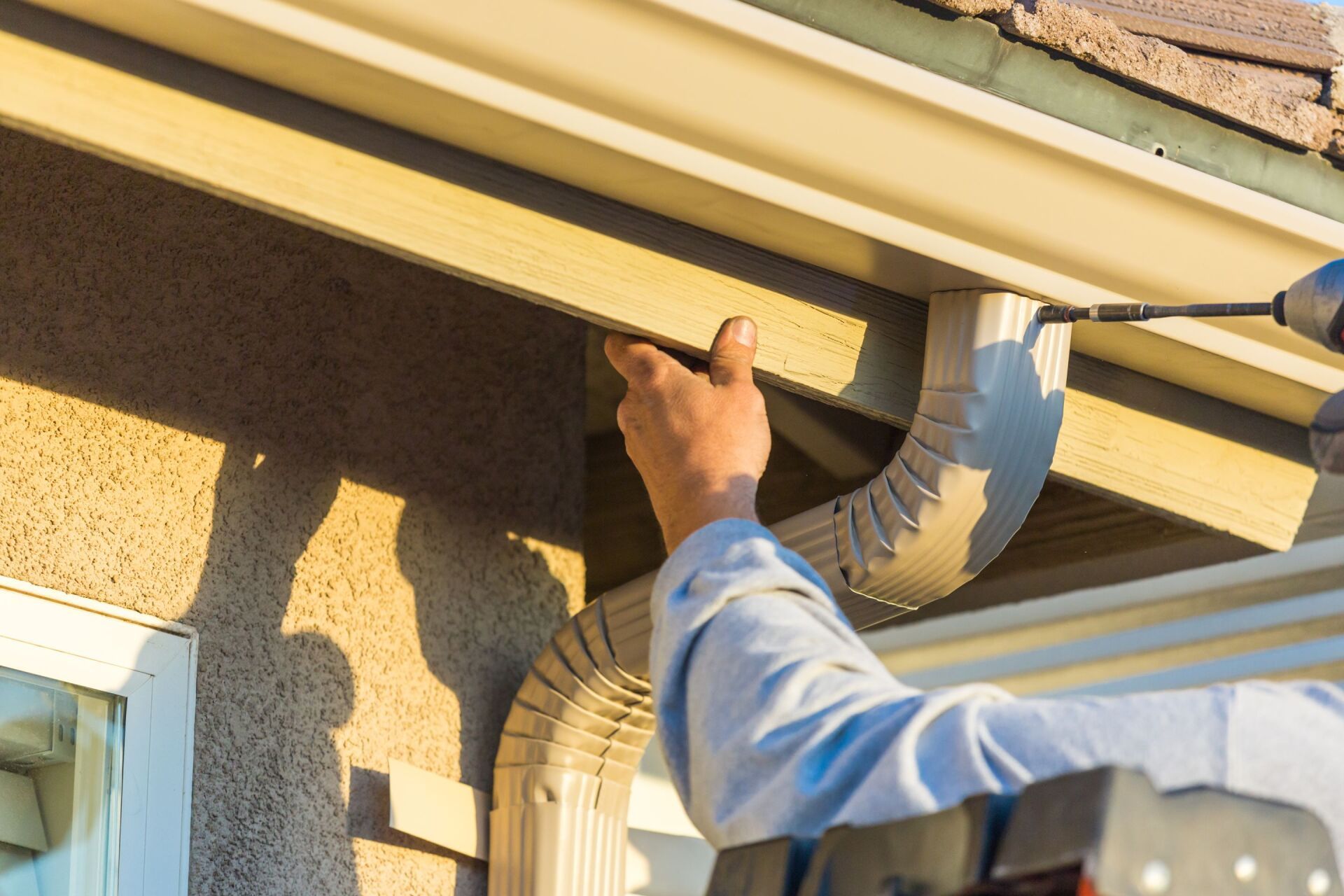
By Arliegh Boswell
•
17 Jan, 2024
Preparing your home to handle whatever weather comes its way is crucial as seasons change. One often overlooked aspect of home maintenance is gutter installation and repair. Properly functioning gutters are vital for protecting your home’s foundation, preventing water damage, and maintaining the integrity of your roofing system. Here's how expert gutter installation and repair can help in seasonal readiness.
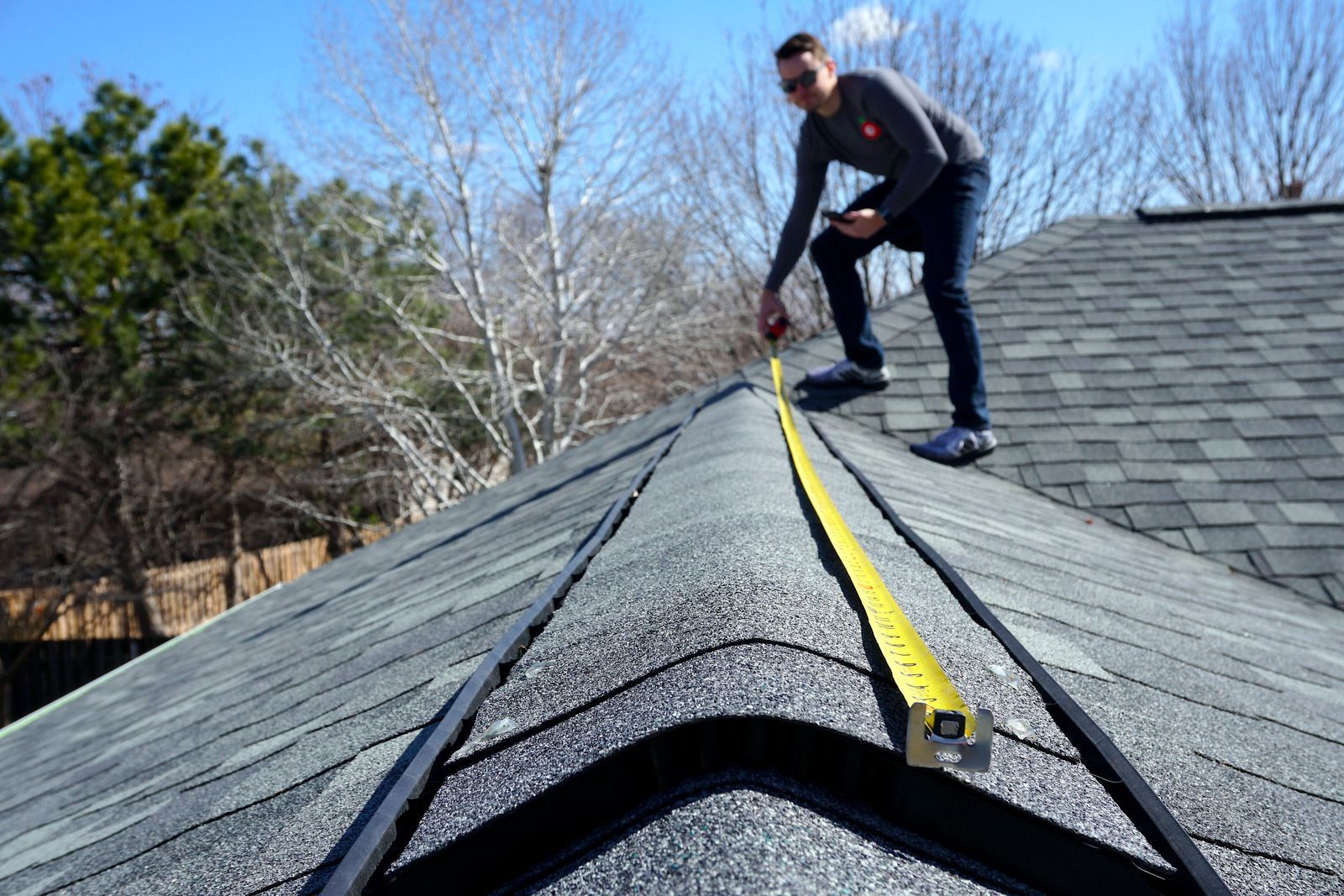
By Arliegh Boswell
•
28 Dec, 2023
The roofing industry is evolving rapidly, driven by technological advancements, changing customer expectations, and a heightened focus on sustainability. Roofing businesses that adapt and adopt next-level strategies position themselves for success in a competitive market. This blog explores innovative approaches roofing services can implement to elevate operations and deliver exceptional customer value.
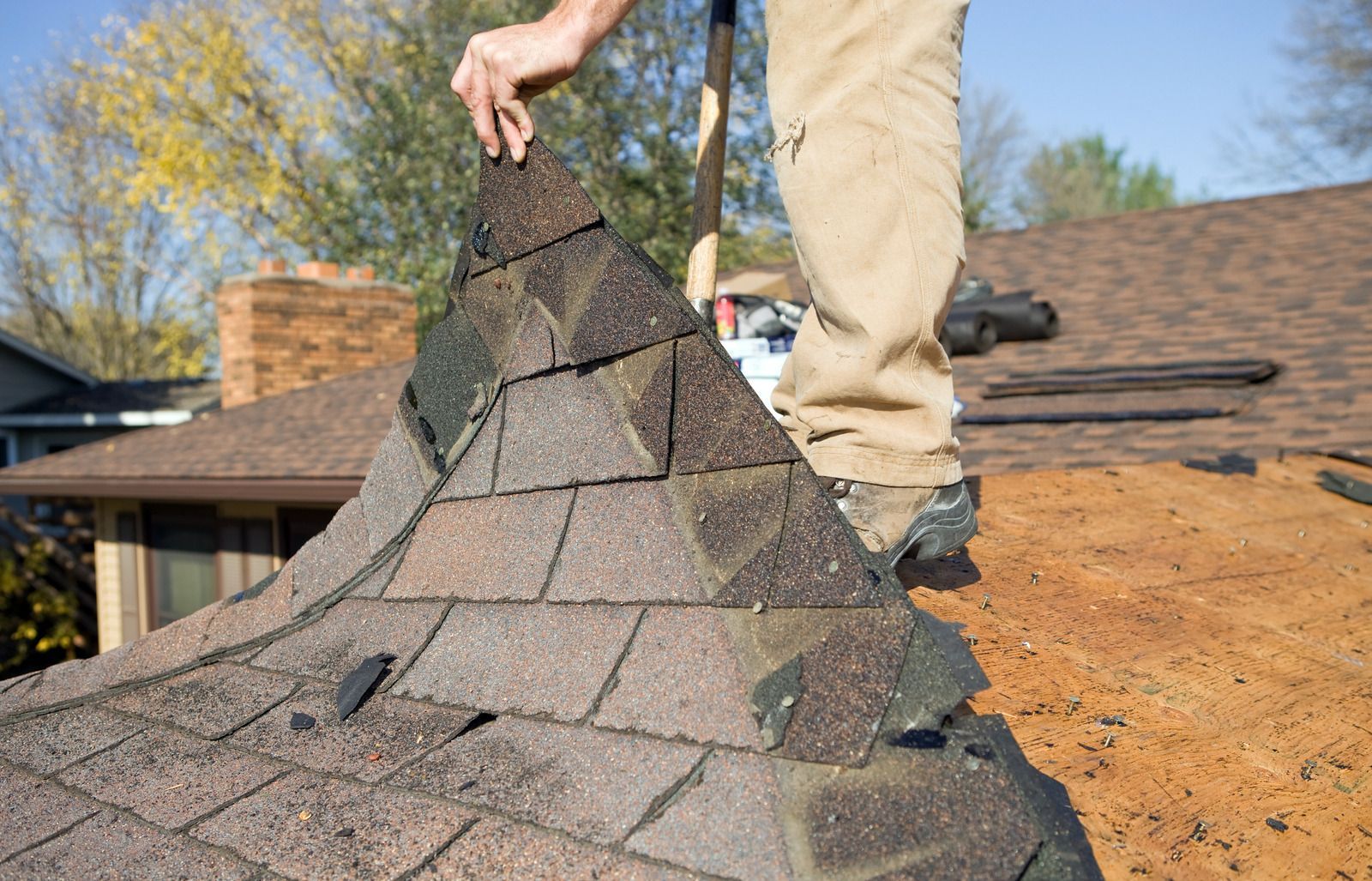
By Arliegh Boswell
•
30 Oct, 2023
Your roof works hard to protect your home from rain, snow, and sun. But over time, it can show signs of wear. Knowing these signs can help determine if you need to repair or replace your roof . Let's take a look at some common signs of roof wear. 1. Age Matters : The first thing to consider is how old your roof is. If you have asphalt shingles over 20 years old, it's time to check for other signs of wear. Even if the roof looks okay, age can weaken it against bad weather. 2. Shingles that Don't Look Right : If your roof's shingles are curling at the edges or in the middle, that's a sign they are old. Missing shingles are another clue. If you see these signs, it might be time for a new roof. 3. Granules in the Gutters : When shingles get old, they lose tiny bits called granules. If you see a lot of granules in your gutters, your roof may be near the end of its life. 4. Water Stains Inside : Water stains on your home's walls or ceiling can mean your roof is leaking. Don't ignore this sign. Even a tiny leak can lead to big problems. 5. Roof Feels Spongy : The underlying layers may be damaged if you walk on the roof and it feels bouncy or spongy. This is a sign that the roof needs checking. 6. Moss or Algae Growth : If you see green patches of moss or algae on your roof, it's a sign of trapped moisture. While it might not mean you need a new roof immediately, cleaning these areas and checking for damage is good. Why Should You Replace Worn-Out Roofs? Roofs are a big part of our homes. They keep us safe from the weather. But like everything, they don't last forever. So, why should you think about replacing a worn-out roof? Let's find out. Safety First Old roofs can become weak. They might have holes or thin spots. When bad weather comes, these weak spots can lead to leaks. In some cases, the roof might even fall in. A new roof keeps your family safe. Save Money on Energy Old roofs often need to be insulated better. That means in the winter, heat can escape. In the summer, cool air can leak out. A new roof can help keep your home's temperature steady. This can lower your energy bills. Stop Water Damage Even a tiny leak can cause big problems. Water can damage walls, ceilings, and floors. It can also lead to mold, which can harm your health. Replacing an old roof can prevent these issues. Boost Your Home's Value If you plan to sell your home, a new roof can be a selling point. Buyers often prefer homes that don't need considerable repairs. A new roof can also make your home look better. Peace of Mind Knowing that your roof is in good shape can give you peace of mind. You won't have to worry about sudden leaks or damages during storms. Roofs protect us and give us comfort. If your roof shows signs of wear, it's a good idea to think about replacing it. A new roof is an investment in your home and safety.
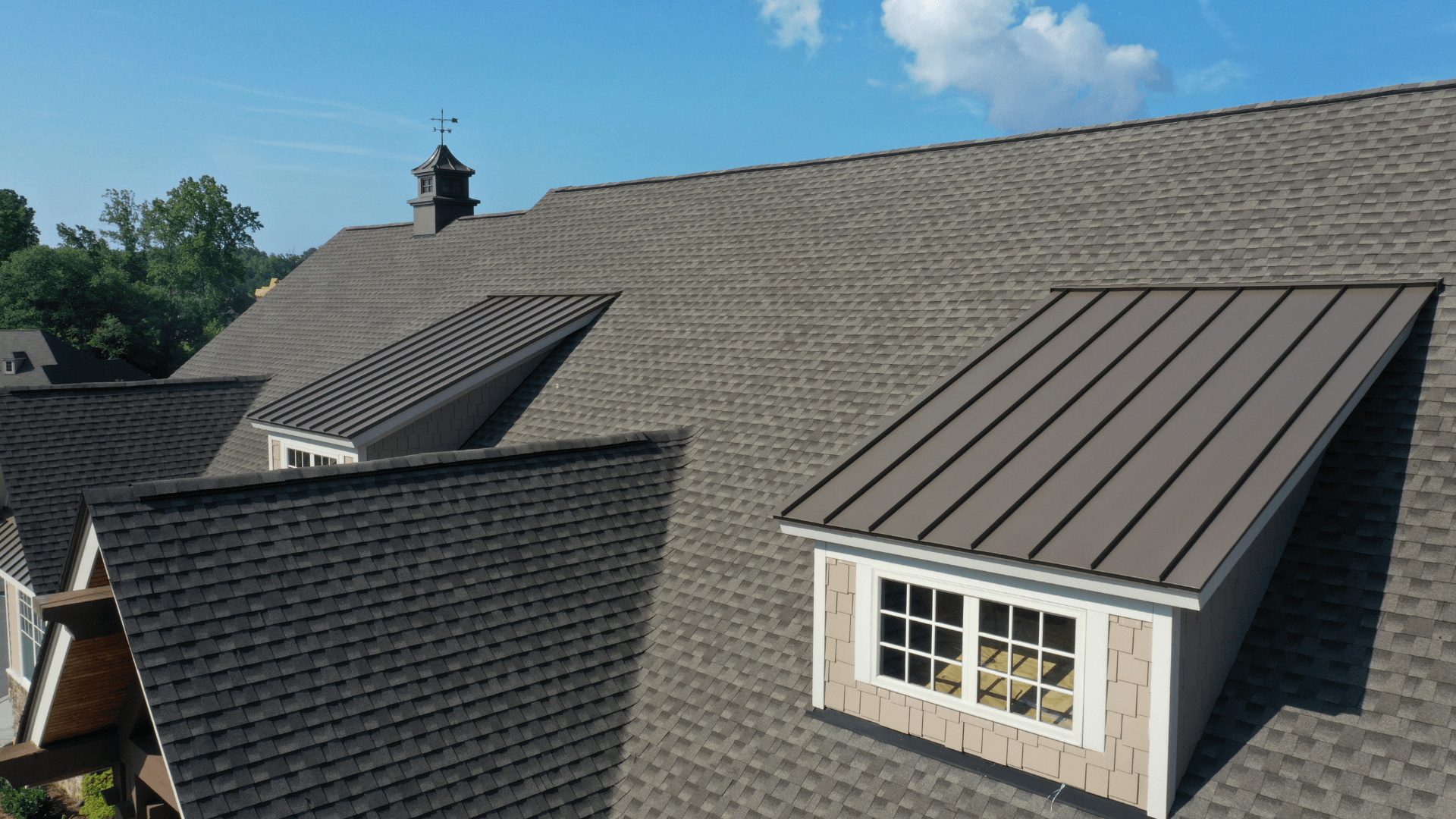
By Arliegh Boswell
•
30 Sep, 2023
Your home's roof acts as the first line of defense against the elements, which is why you must choose a suitable roofing material that can fight the climate challenges. This blog post will guide you through the process of selecting the perfect roofing material- it doesn't matter if you live in a hot and sunny region, a cold and snowy one, or somewhere midway. 1. Know Your Climate : Before entering the topic of roofing materials, you must understand your local climate. Do you experience heavy rainfall or any extreme temperature fluctuations? Is it cold or hot? Is it snowy or dry? Knowing your weather is the first step to picking the best roofing material. 2. Hot and Sunny Climates : Your roof will pay a heavy toll due to the sun's rays in tropical climates or desert regions. For this region, you must pick roofing materials that reflect sunlight and heat, like metal or cool roofs. The general idea is to choose a material with a reflective coating. It will bounce back a significant amount of solar energy and will make your home cooler and reduce energy costs. 3. Cold and Snowy Climates : Your roof must combat heavy snowfalls in cold and snowy areas. So, insulation is vital. For this purpose, there are many popular choices, like asphalt shingles and metal roofing. Asphalt shingles have properties like durability and good insulation. On the other hand, metal roofing sheds snow easily, making it a perfect choice to reduce the risk of ice dams. Additionally, ensure your roofing material is adequately insulated to prevent heat loss during winter. 4. Moderate Climates : Living in a region with mild, temperate weather can be considered lucky enough as you have a variety of roofing materials to pick. Asphalt shingles are a cost-effective and famous option, offering various styles and color options to match your preferences. You can use clay or concrete tiles if you love a Mediterranean or Spanish-style look. These materials are also very suitable in terms of insulation. 5. Rain-Prone Regions : Having something water-resistant is your top priority if your area frequently experiences heavy rainfalls or hurricanes. Materials like slate or concrete tiles with excellent water-resistant properties can be your perfect choice in these climate conditions. You can also go for metal roofing with proper sealing, providing superior water resistance and durability. 6. Coastal Climates : Do you reside near the coast? Then, your roof is exposed to frequent salty sea air and rain. As these natural elements have corrosive properties, you need roofing materials highly resistant to salt, for example, aluminum or zinc-coated steel. It can combat the corrosive effects of coastal rain and breeze to provide long-lasting protection. 7. Eco-Friendly Roofing : Considering eco-friendly roofing materials reflects your environmental responsibility. Many options like solar panels, green roofs, or cool roofs are available to take better care of the environment and reduce energy costs. Moreover, green roofs provide natural insulation and help manage stormwater runoff if covered in vegetation. Solar panels reduce both energy bills and carbon footprint. 8. Consult a Professional : It is wise to consult a roofing expert because choosing these materials is crucial to creating a long-lasting overhead shield. They possess the required knowledge to match your roofing needs. Selecting the suitable roofing material according to your climate ensures functionality and long-lasting protection. For this purpose, consider factors like insulation, salt and water resistance, etc., to navigate your decision.
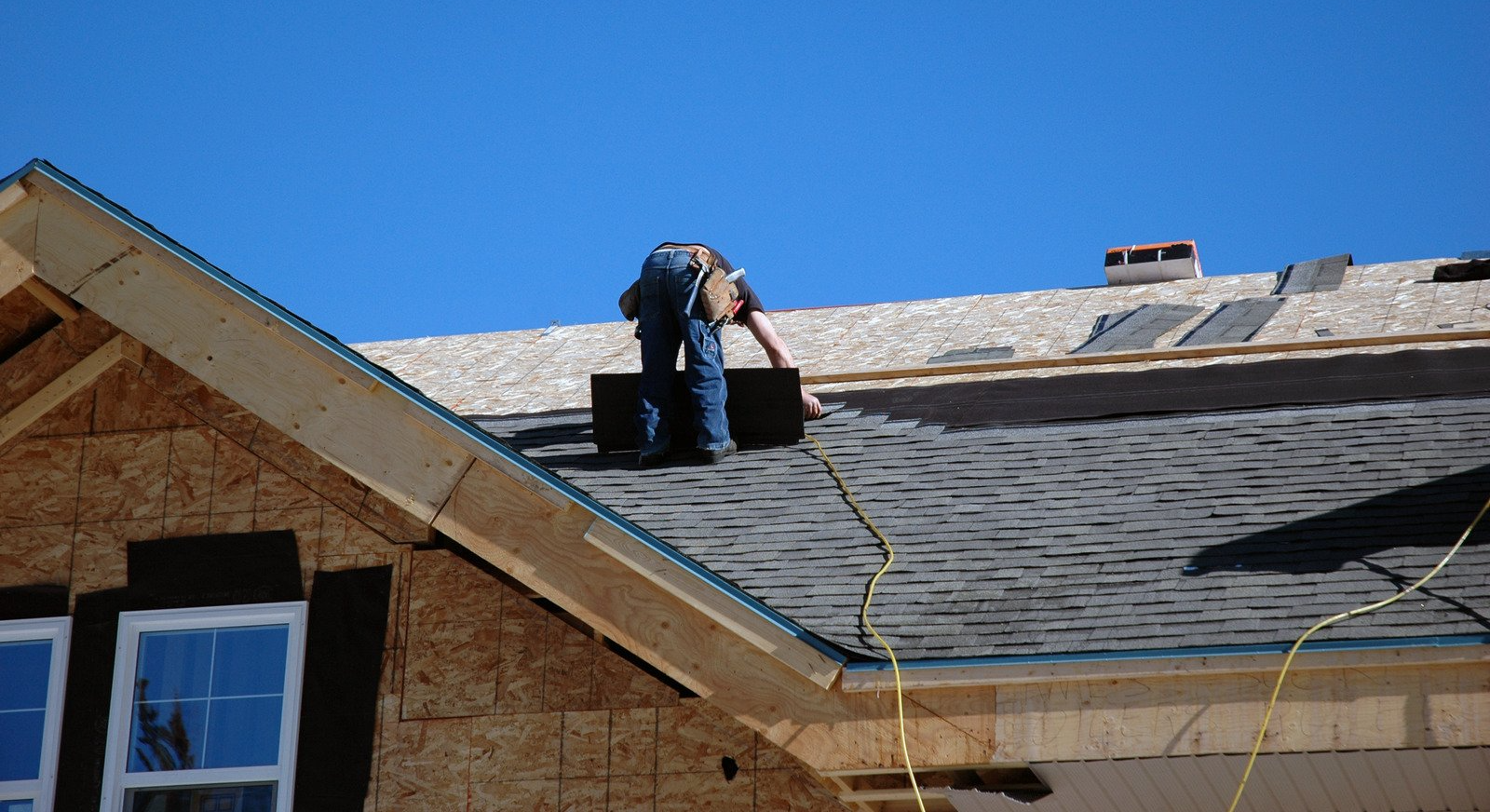
By Arliegh Boswell
•
30 Aug, 2023
Mother Nature, while often serene, can be unpredictable and sometimes devastating. Our homes, specifically our roofs, are vulnerable from severe storms to other natural calamities. A resilient roofing system is crucial in safeguarding our homes. Here's how to ensure your roof is well-prepared to withstand nature's challenges 1. Regular Roof Inspections Spot Potential Weaknesses: Annual or bi-annual inspections can identify wear and tear or potential vulnerabilities. Tip: Preferably, have inspections before storm seasons begin. Professional Assessment: While DIY checks are beneficial, hiring a professional ensures an in-depth evaluation. 2. Clean Gutters and Downspouts Prevent Blockages: Clogged gutters can cause water to pool, leading to potential leaks or structural damage. Tip: Clean your gutters at least twice a year, especially after the fall when leaves may block them. 3. Trim Overhanging Trees Avoid Damage from Falling Branches: Trees with overhanging branches can pose a threat during storms. Tip: Regularly trim tree limbs and branches that might fall onto your roof. 4. Secure Roof Shingles and Tiles Ensure No Loose Ends: Loose or missing shingles and tiles are vulnerable during storms and can let water in. Tip: Use roofing cement or special nails to secure any loose shingles or tiles. 5. Strengthen Roof Materials Upgrade When Needed: Older roofs or those with subpar materials are more susceptible to damage. Consider upgrading to storm-resistant roofing materials. Tip: Look for roofing products rated for high wind and hail resistance. 6. Install a Roof Anchor System Extra Layer of Security: A roof anchor system adds extra protection by securely holding the roof trusses and framework. Tip: Ensure professionals do the installation for maximum effectiveness. 7. Ensure Proper Roof Ventilation Balance Temperature and Humidity: Proper ventilation prevents condensation, mold growth, and wood rot—all of which can weaken the roof. Tip: Install ridge and soffit vents for a balanced ventilation system. 8. Install a Roofing Underlayment Secondary Water Barrier: This is a water-resistant layer installed under the main roofing material. It provides an extra barrier against water penetration. Tip: Opt for synthetic underlayment, which is more resistant to water and tearing than traditional felt. 9. Keep an Emergency Repair Kit Quick Fixes Post-Storm: Having tarps, roofing tape, and a few basic tools on hand can help manage minor damage until professional repairs are done. Tip: Always prioritize safety. If the damage is extensive, wait for professionals rather than trying DIY fixes. 10. Regularly Check Roof Flashing Prevent Water Entry: Flashing directs water away from critical areas like chimneys, vents, and roof joints. Ensure they are intact and properly sealed. Tip: Use a high-quality sealant and check the flashing after severe weather. Our homes are sanctuaries, and the roof is the first defense against nature's elements. By being proactive and investing in preventive measures, homeowners can significantly reduce the risks of storms and other natural calamities. Remember, it's not just about immediate protection but also about ensuring the longevity of your roofing system and, by extension, the safety and well-being of your home and loved ones. With the steps outlined above, you'll be well on your way to having a tall roof against whatever Mother Nature throws its way.
Top Rated Roofing Contractor
Service Areas

Slide title
Write your caption hereButton
Location
814 64th St, Brooklyn, New York
11220
Business Hours
- Mon - Fri
- -
- Sat - Sun
- -
© 2024
Rocco's All Type Roofing

